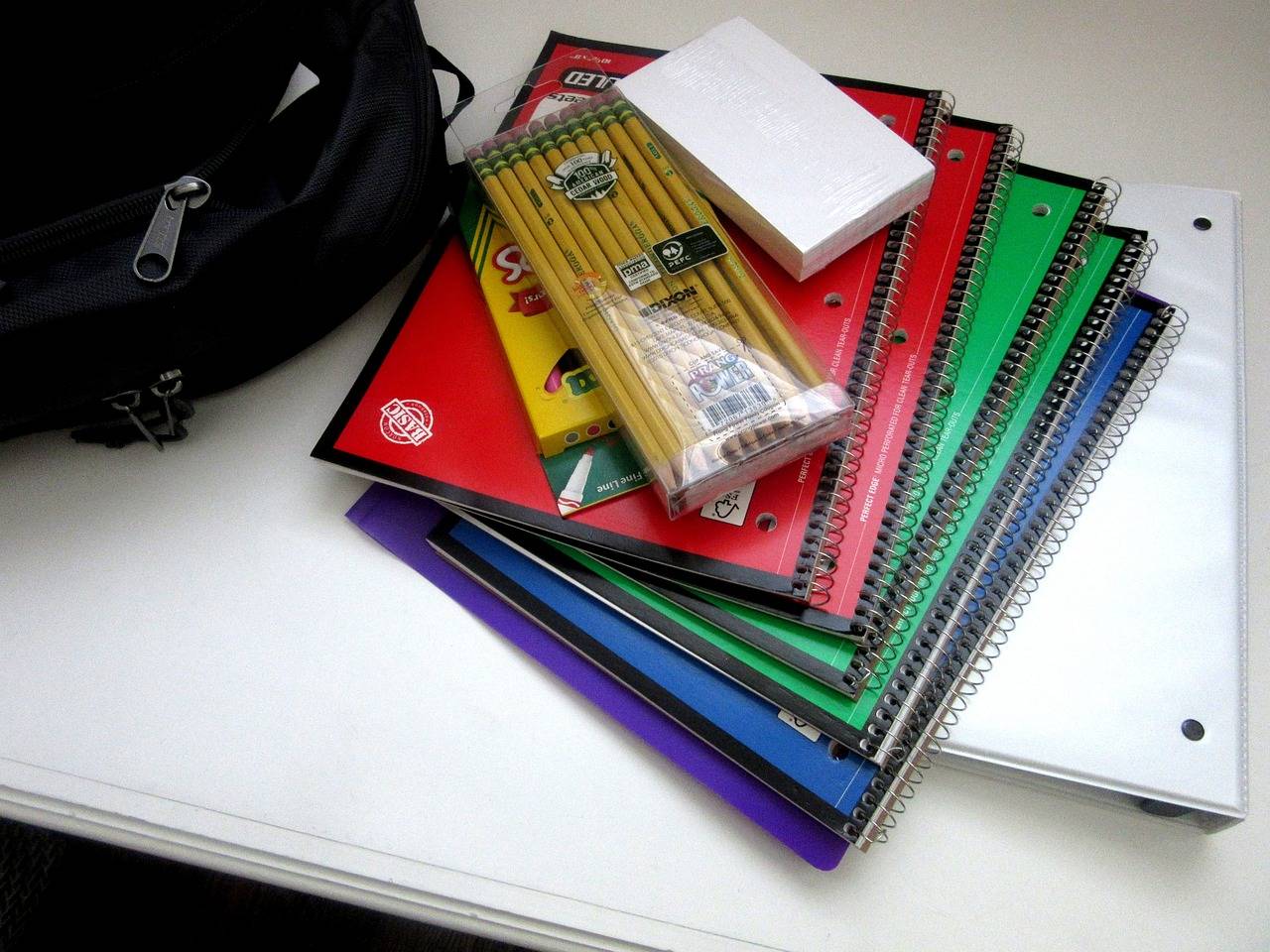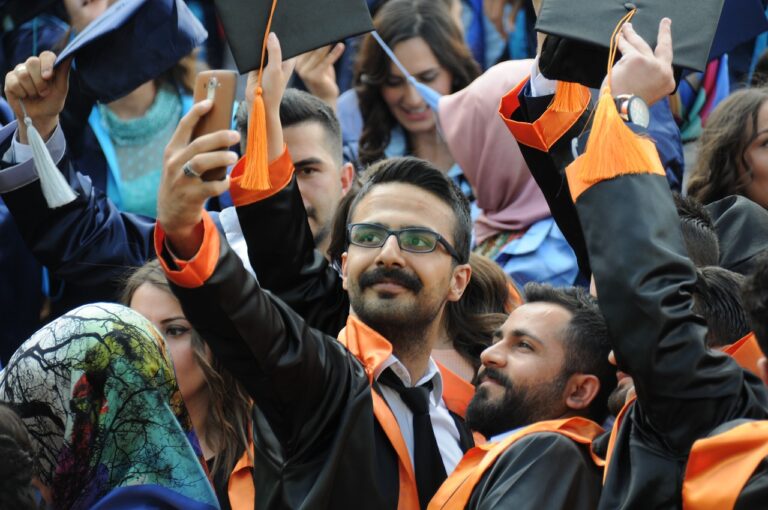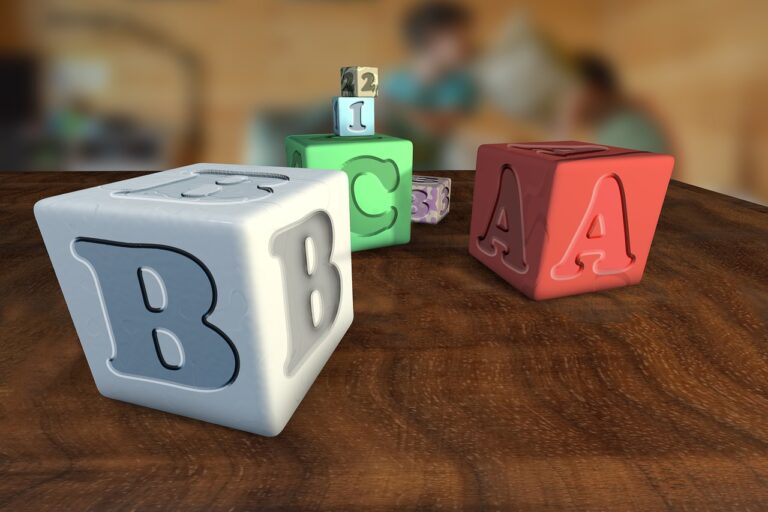Education and Smart Cities: A Connected Future
Smart cities represent a concept driven by innovation and technology, aiming to enhance the quality of life for urban dwellers. These cities utilize information and communication technology (ICT) to manage resources efficiently and meet the needs of their residents. Through the integration of various smart solutions, such as sensors, data analytics, and automation, cities can tackle challenges related to traffic congestion, energy consumption, waste management, and public safety.
One of the key features of smart cities is their interconnected infrastructure, which enables different systems to communicate and collaborate effectively. This interconnectedness allows for the seamless collection and analysis of data in real-time, leading to better decision-making and improved services for citizens. Additionally, smart cities often prioritize sustainability and environmental consciousness by implementing green technologies and promoting eco-friendly practices.
The Role of Technology in Education
In today’s rapidly advancing world, technology plays an essential role in transforming the landscape of education. From interactive whiteboards in classrooms to online learning platforms, technological tools provide educators with innovative ways to engage students and enhance the learning experience. By incorporating technology into lesson plans, teachers can cater to different learning styles and create more dynamic and interactive learning environments.
Furthermore, technology in education enables students to access vast amounts of information at their fingertips, promoting self-directed learning and research. Collaborative online tools also allow for seamless communication and group work, facilitating student collaboration beyond physical boundaries. With the integration of technology, education becomes more adaptable, personalized, and accessible to learners of all backgrounds and abilities.
What is the significance of technology in education?
Technology in education plays a crucial role in enhancing learning experiences, improving student engagement, and providing access to a wide range of educational resources.
How do smart cities impact education?
Smart cities utilize technology to create a more connected and efficient environment, which can benefit education through improved infrastructure, access to digital resources, and enhanced communication.
What are some examples of technology used in education?
Some examples of technology used in education include interactive whiteboards, educational apps, online learning platforms, and virtual reality simulations.
How can technology help students with disabilities?
Technology can help students with disabilities by providing assistive technologies, such as screen readers or speech-to-text software, to support their learning needs and ensure equal access to education.
What are the challenges of integrating technology in education?
Some challenges of integrating technology in education include the digital divide, lack of teacher training, privacy concerns, and the need for ongoing support and maintenance of technology infrastructure.





